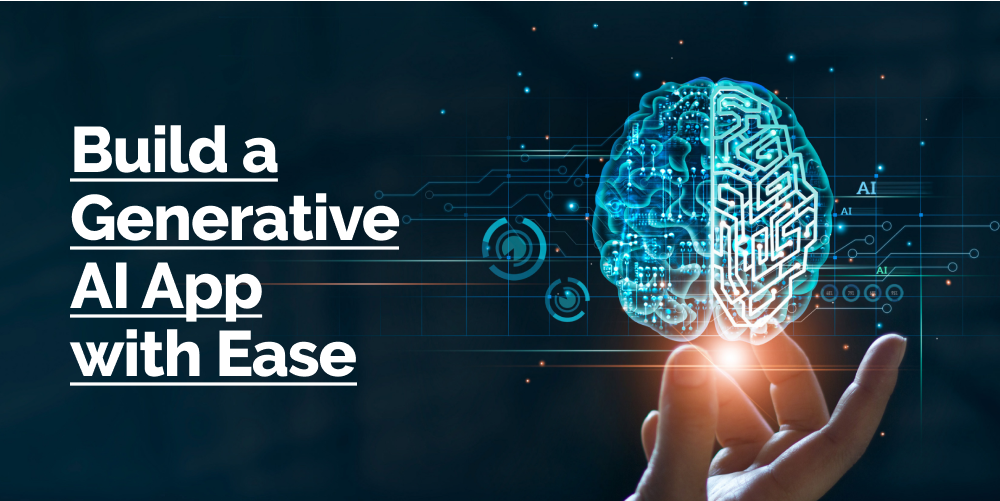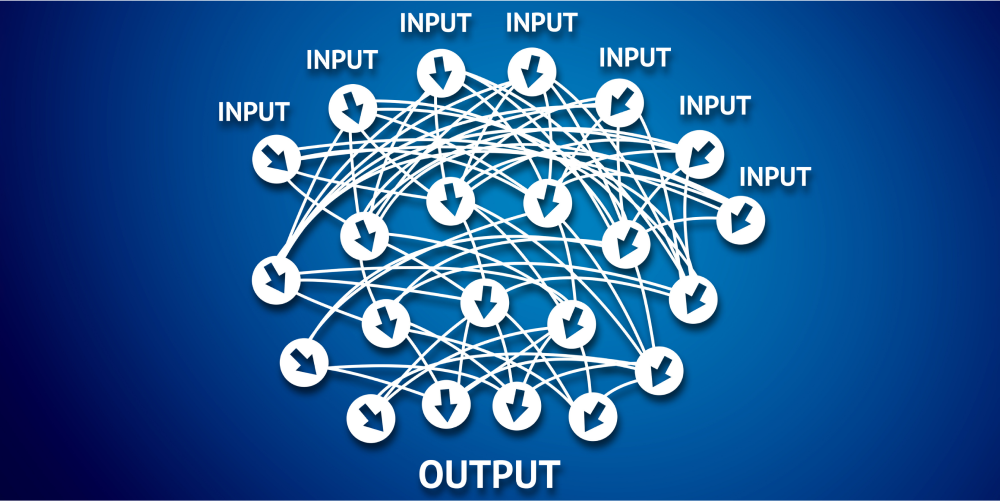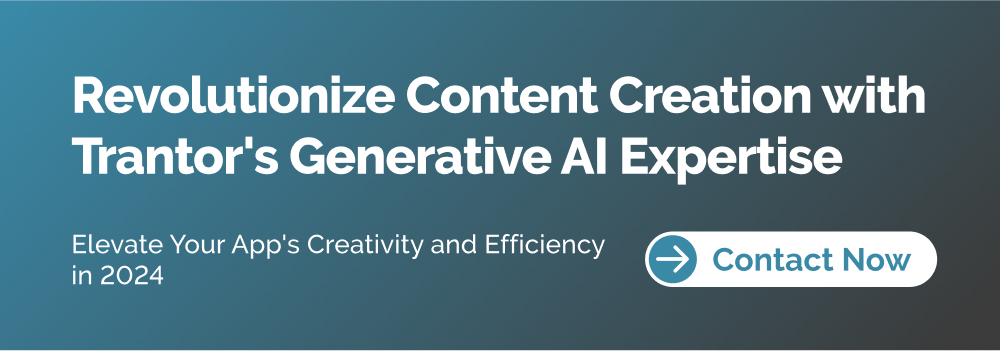Software Development, zBlog
How to Build a Generative AI App in 2024
atif | Updated: January 22, 2024

Introduction
Generative AI replicates human creativity to produce original text, images, audio, and more. As these human-like machine learning models continue evolving new possibilities, expectations grow around integrating generative capabilities into digital products from chatbots to editorial tools and beyond.
In 2024, prioritizing generative AI positions organizations to captivate customers and streamline workflows by automatically generating personalized, relevant, and high-quality content. Here is a guide to building your Generative AI app leveraging the latest synthetic media advances to drive business and engagement goals.
Select Your Generative AI Engine

The machine learning models behind leading generative AI services like DALL-E for images or Anthropic’s Claude for conversational text require immense data and compute resources to develop. Instead of attempting to train models from scratch, tap into industry-leading models by purchasing access credits to their trained models through Developer APIs.
These simplified APIs allow passing prompt text and configuration parameters to instantly receive AI-generated results without needing in-house machine learning expertise. Ensure the API service scales appropriately and aligns with internal governance policies around synthetic media as adoption accelerates.
Map Generative AI to Key Use Cases

The most effective generative ai app solves users’ frustration by automating tedious tasks. Profile target personas and processes to pinpoint where creative automation would add value. Common generative use cases range from:
- Automating product descriptions or support articles – Assisting social media managers in brainstorming original captions/posts
- Providing sales team prospecting email templates
- Producing on-brand banner ads or digital content
- Personalizing marketing emails and web experiences
While possibilities seem endless, prioritize high-impact scenarios delivering tangible time-savings, engagement, or revenue. The document requested inputs and outputs to inform required integrations.
Architect Integrations

With target processes defined, map how your software interfaces with generative AI—both sending requests and handling responses. Properly structuring data connections ensures fast, reliable access.
For example, when building an integration accessing Claude API to auto-generate email campaigns, consider critical elements like:
- Which system triggers the need for new email content?
- What request parameters like campaign goals or product specs inform content?
- How is generated email content returned to interface with email services like Mailchimp?
- How would final outputs render in email clients across devices?
Thoroughly plan routing logic, responses, permissions, and content migration to incorporate ever-evolving machine learning pipelines into your tech stack smoothly.
Build a Refinement Interface

While state-of-the-art generative Artificial Intelligence models produce remarkably convincing creative outputs paired with a well-formed prompt, results still may not suit requests 100% on early attempts. Provide an interface allowing users to rapidly refine requests if initial results don’t fully capture the desired tone, specifics, or other aspects. Empower everyone interacting with generative models to guide better outputs through thoughtful feedback.
Over time, aggregated refinement data further trains your unique model understanding specialized requests from your industry and customers. Continual learning cements competitive differentiation.
Scale Responsibly

As generative content permeates digital experiences in 2024, prioritize responsible AI practices ensuring appropriate, ethical usage and attribution. Monitor outputs for fairness, accuracy, and sensitive content. Enable user reporting should issues emerge.
Transparently convey if written, visual, or audio content received from chatbots or a Generative AI app resulted from generative models versus human creators. Advise employees on ideal versus problematic use cases to prevent reputational pitfalls as synthetic media goes mainstream.
Further, foster trust by allowing opt-ins/opt-outs for receiving computer-generated content if alternatives like manual creation remain for those hesitant to embrace cutting-edge technology. Prominently discuss generative tech powering services but also highlight benefits like personalization.
Generative AI in Action – Case Study
Global Bank uses generative AI to create personalized marketing content at scale
A top 10 global bank sought to localize and personalize all customer-facing content across regions and segments to strengthen engagement. However, manually creating tailored assets like emails, landing pages and banners for each audience proved inefficient at scale.
By implementing generative AI using the Anthropic Claude API, their marketing team simply inputs high-level messaging goals, customer attributes, and campaign specifics to instantly receive polished, on-brand content customized for target demographics and locations.
In just 3 months since launching generative content workflows, the bank increased digital campaign conversions by over 15% while slashing content production timelines allowing faster iteration and experimentation. Generative AI delivers the personal touch at the enterprise scale.
Conclusion
As we step into 2024, the integration of generative AI into digital products presents an unprecedented opportunity for organizations to enhance creativity, automate tasks, and deliver personalized, high-quality content at scale. This guide has outlined the key steps to building a Generative AI app, from selecting the right generative AI engine to mapping use cases, architecting integrations, building a refinement interface, and scaling responsibly.
Generative AI is poised to revolutionize content creation, making it more efficient, personalized, and impactful. Trantor recognizes the potential of generative AI and invites businesses to explore how these capabilities can overcome content production challenges, drive personalization, and unlock creative possibilities.




